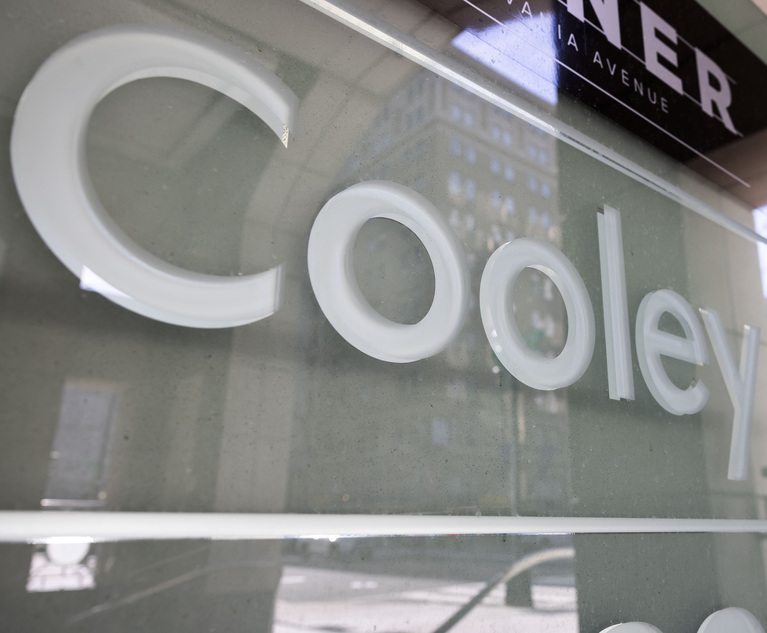Nearly 45 years ago, the U.S. Supreme Court handed down its landmark decision in American Pipe & Construction v. Utah, 414 U.S. 538, 553 (1974), holding that the filing of a class action “tolls the running of the statute of limitations for all purported members of the class who make timely motions to intervene after the court has found the suit inappropriate for class action status.” A few years later, in Crown, Cork & Seal v. Parker, 462 U.S. 345, 350 (1983), the court expanded this equitable tolling rule to extend to the filing of new individual actions.
During the first 20 years after American Pipe, U.S. Courts of Appeal confronted with the issue (i.e., the First, Second, Fifth, and Eleventh circuits) declined to expand American Pipe to include the filing of new, otherwise untimely class actions. See, e.g., Basch v. Ground Round, 139 F.3d 6, 11-12 (1st Cir. 1998); Griffin v. Singletary, 17 F.3d 356, 359 (11th Cir. 1994); Korwek v. Hunt, 827 F. 2d 874, 877 (2d Cir. 1987); Salazar-Calderon v. Presidio Valley Farmers Association, 765 F.2d 1334, 1351 (5th Cir. 1985).


 Gay Parks Rainville and Robert Hickok of Pepper Hamilton.
Gay Parks Rainville and Robert Hickok of Pepper Hamilton.




